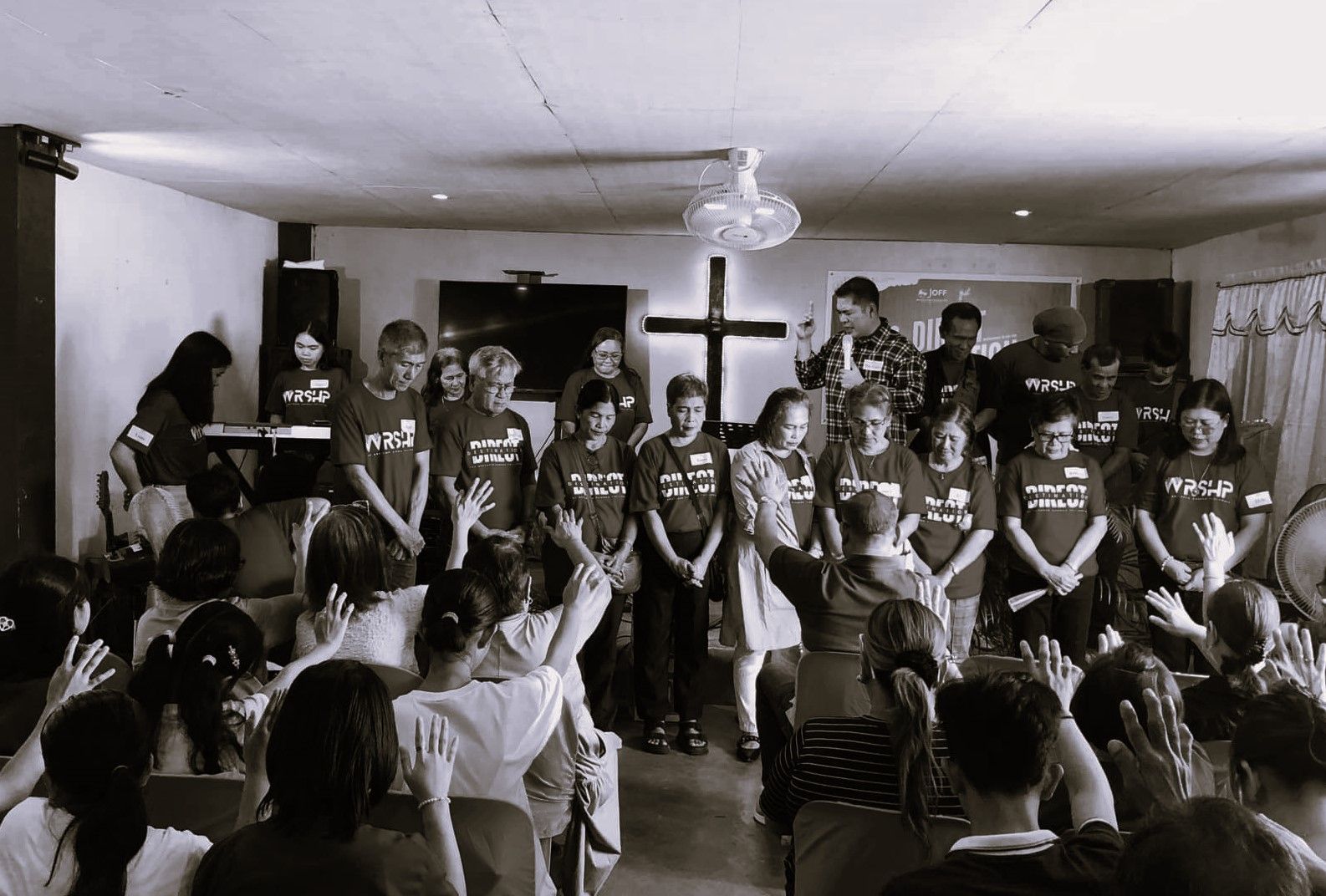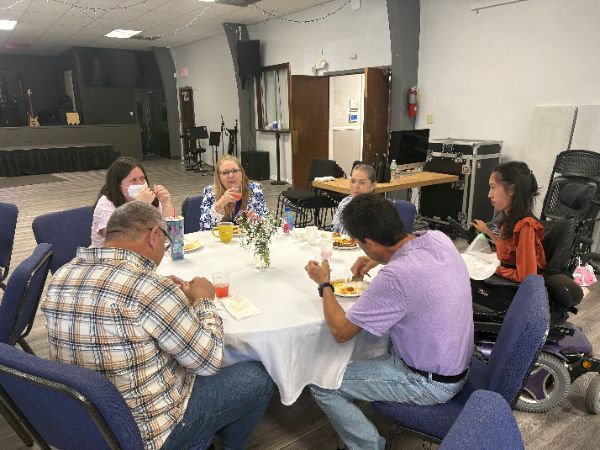Wonder Bread Jesus
This article originally appeared on the Northeast District Youth Leaders blog
Jesus calls himself the Bread of Life. He says “whoever comes to me will never be hungry again” (Matthew 6:35). I’ve always thought this to mean that Jesus is essential to life, just like nourishment from food, and didn’t give it much more thought. That is, until I watched a documentary on bread (and then read the book the documentary was based on). Learning about the complexities of bread making made me realize there is much more to the metaphor, but it also made me wonder if we have traded a life-giving, complex bread of life in for an imitation, a Wonder Bread Jesus.
If you had only wheat and water for nourishment, you could live for a few months, but it wouldn’t sustain you. You would die. If you took that same wheat and water and transformed it into bread, you could live indefinitely, at least as far as nutrition goes. The bread that Jesus’ followers would have been familiar with wasn’t much more complex than those two ingredients. Without commercial yeast and other additives, a traditional loaf of bread starts by setting out wheat ground into flour mixed with water and left to sit for a few days or weeks. The mixture will “capture” natural bacteria and yeast from the air and begin to bubble, eventually breaking down the wheat into complex chemicals, usually called a starter. Some of the starter is then mixed with more flour and water, left to rise, and baked into a beautiful loaf of bread.
The milling, fermenting, and baking of bread takes a good bit of the digestion process
outside of our bodies. A wheat seed holds a lot of nutrition, but it is locked up pretty tight. Our bodies can’t break down grasses like ruminants can (think cows, sheep, etc.). But once that grain is crushed, fermented, and baked, something amazing happens and it becomes something incredibly healthy, tasty, and life-giving.
The same can’t be said about much of the commercial bread we find on supermarket shelves. In the middle of the nineteenth century, roller milling made white flour cheap, stable, and more visually appealing. When people saw white flour and bread, they associated it with purity and safety. A roller mill separates the bran and germ from the endosperm. What is left is a starch that then gets pulverized to the fineness that we associate with flour today. The problem is that from the very first step of the process, the best, most nutritious parts of wheat are sifted out.
After a while of eating this bread, people started to notice a host of deficiency-related problems, and traced the cause to the changes in bread. The solution? Use the same process to make flour, but at the end, throw in some vitamins, or whatever happens to be the health-trend of the day. Even most “whole grain” varieties in bread from commercial bakeries mill the flour in the same way, and then add specks of bran back into the mix.
White bread does a lot of things well. It is sweet, is as fluffy as can be, digests rapidly (inducing a carbohydrate sugar rush), and enjoys a long shelf-life. You know what to expect with a loaf like this. The uniformity alone is an amazing management of science when working with living, growing elements like yeast. But is it the real deal? What have you lost in the pursuit in being soft, sweet, and easy?
I think questions like these are really important when we think about how we present Jesus. Wheat is crushed, kneaded, and transformed. That part is certainly a ready metaphor for Jesus’ torture, crucifixion, and resurrection. Bread-making is at one time simple, but then a complex process that involves many layers of different chemicals, processes, even senses. Again, the same is true of Jesus. He is someone you can spend your whole life getting to know, and you still wouldn’t have the whole of him.
I think we’ve done to Jesus what we’ve done to commercial bread. In an effort to make Jesus tastier and easier to digest, we’ve sifted out some of the best parts of the gospel. Rick Lawrence did a study that asked people to describe Jesus in one word. Overwhelmingly, people responded with the same word: nice. Of course Jesus was nice to the people he healed and he said some nice, loving things. But I don’t think the Pharisees would have called Jesus “nice” after he labeled them snakes or tombs. Millions of souls won’t call Jesus “nice” on Judgment Day. In order to combat the perception that the church is filled with judgmental people with an angry God, we’ve tended to neutralize and neuter the complexity of the gospel.
Then, when churches started noticing a deficiency in the response of Christians, they hurried to add things back in. We took away the drama of the Bible narrative and added moody lighting and emotion-driven songs. We’ve excused a close relationship of regular Bible reading and study with activities and civic-minded groups. The church is easier to join and more comfortable than ever. But is it life-giving?
There is a movement in the bread world, and nutrition in general, away from over-processing of foods. You hear of more things like the slow-food movement, farm-to-table restaurants, and locally-sourced food. People want to know that they are eating the real deal. Let’s do the same in our churches and in our student ministries. Students may be tricked for a while by a quick-fix, super-sweet version of the gospel, but let’s offer them something that is complex, true, and ultimately life-giving. Let’s give them the Bread of Life.
Pollan, Michael (2013). Cooked. New York, NY: Penguin Books
Pollan, M. (Writer). (2016). Air [Television series episode]. In Cooked. Netflix.
Lawrence, Rick (2014). Jesus Centered Youth Ministry. Group Publishing











